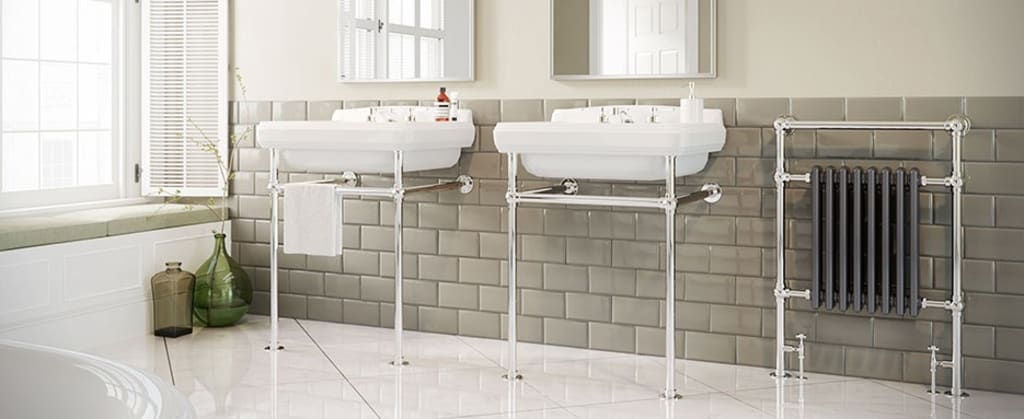
I am a big fan of upgrading old technology around the home. It all really started when lockdown forced me to turn a spare bedroom at home into an office. When I bought a cheap smart speaker to originally have something other than the tinny-sounding speaker on my laptop to play music while working away (it is amazing how productive it can make you compared to office chatter), once I realised I could control things with the speaker, it was a game-changer.
Now, everything from my alarm clock to TV to central heating to Christmas lights, I can look after with voice commands. I’ve slowly started accruing more smart home tech as the months have gone by. You pretty much can’t say “ok Google” in my home without a speaker picking it up. There is one room though, which is still not quite where I want it to be: my bathroom. We don’t have anywhere really to plug a speaker in, and I wanted to be able to control the heating. I think it’s just due to plug sockets not being very common in UK bathrooms.
While searching for a solution, I stumbled upon smart thermostats and electric radiators. Without making it sound too grandiose, these two little things have been a game-changer in my bathroom, and I think they’ll work wonders in your home. Let me explain why I think you might need an electric radiator.
Firstly, let’s talk about versatility and movement. Your radiators are traditionally something that needs to be low to the ground, piped up and ready to heat. Guess what electric radiators don’t need? Yep, no pipes at all. If you’re like me and have an oddly shaped bathroom, every inch of space matters. I was able to take my old radiator out, get the pipes hidden away under the floor, and get an electric-only radiator up on the wall at a good height without it getting in the way. If you have a bathroom where a cabinet is getting in the way, and you wish a radiator could be even just a few inches higher or moved over, you might want to consider a swap.
That leads me to installation costs. When you normally buy a new radiator, you’ll have to get a plumber in to see about moving pipes, balancing radiators and measuring things up. With an electric radiator, I simply had to draw a small square on a wall and ask an electrician if they could put a plug socket there. While I was quite lucky that I needed the socket on a plaster wall (i.e. no heavy drilling), I also managed to save a lot of money on installation as I could do everything else myself.
So you might still be wondering why you’d need an electric radiator in your bathroom or any room for that matter. This is where I bring it all back to my little speaker discovery. You can have smart thermostats installed on electric radiators. Smart thermostats are quite common now in homes, but they always rely on your central heating to get working. i.e. you can’t turn the thermostat on without the boiler needing to be on.
This isn’t the case with electric radiators. I can simply take out my phone, use an app to tell the thermostat when to start, and the electric radiators get to working in no time at all. Because it doesn’t need hot water from your boiler, there’s no wasted energy going to other rooms. It’s become such a great hack that I recently installed something similar in my little home office and said bye-bye to the blow heater I was using, which was starting to push the electric bills up.
If you’re still wondering whether you need an electric radiator, ask yourself, are there rooms at home which would benefit from being individually heated (especially if you’re working from home), and do you want greater control over your heating without having to manually turn each radiator valve on and off to do so?
Once you make that change, there’s no going back, and you’ll be kicking yourself for not having done it sooner.






Comments
There are no comments for this story
Be the first to respond and start the conversation.